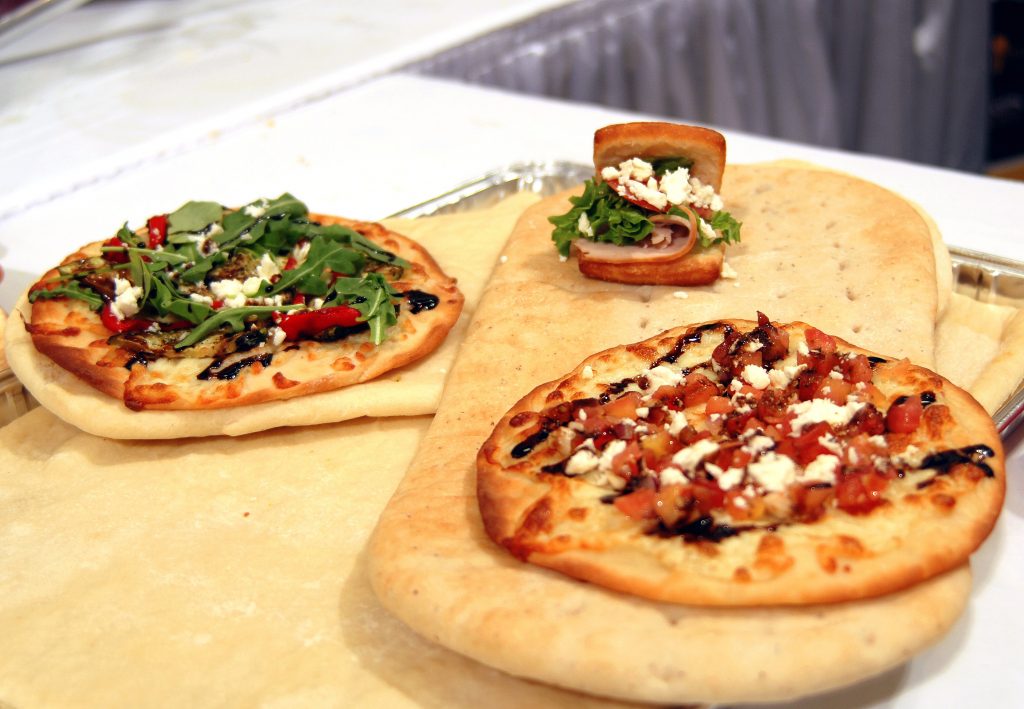Guidelines for proofing dough
In this article, we will discuss guidelines for proofing dough, starting with the effect of fermentation on the flavour and texture of the end product and, finally, the importance of mastering this process in order to create your own competitive edge.
As a restaurant owner or chef, creating the perfect dough recipe takes a considerable amount of time and effort. Once you’ve achieved the ideal formula, proofing is the make-or-break stage for your finished product.
Whether you are already working with a dough manufacturer or considering the option, this article will give you the guidelines for what it takes to create a proofing technique that is specific to your own dough recipe.
The effect of fermentation on product flavour
Dough flavour is directly influenced by the fermentation which occurs during the proofing “time”, which is why different proofing techniques will result in different flavours of the end product. The most important thing to keep in mind is that time is irreplaceable when it comes to fermenting.
For example, with cold proofing, the longer the proof the more flavour the end product will have (and vice versa).
Since fermentation is related to the flavour of the dough and it can only happen during the proofing stage, mastering your own proofing technique will create your own unique product. When working with a dough manufacturer, it is essential to have the proofing stage perfected in your own establishment.
Proofing is what sets your product apart from the competitors, which is why our best advice is to create your own method that works best for your dough recipe or formula.
Proofing and desired product crust
The crust and texture of the end product is also related to the proofing/ fermentation stage. Specifically, as the product proofs, the fermentation creates gases in the dough which result in “airiness”, thus resulting in the desired texture.
The longer the proofing time, the more distinctive the texture becomes. To compare, an “under proofed” dough will have a very “gummy” like texture without real “airiness”, as it did not have enough time to ferment. On the other hand, an “over proofed” dough will become very crispy and dry as the extended fermentation process allowed for moisture loss as the yeast fed too much off the ingredients.
Times and temperatures
The proofing stage does not have a standard for specific times and temperatures. There are, however, starting guidelines but times and temperatures depend on factors like ingredients (amounts of every ingredient) and, most importantly, the desired end product.
Since the ingredients in the formula or recipe are directly related to the end result, it is crucial to be very consistent when reproducing a recipe, as any tweaks and variations of any ingredient can result in a different flavour and texture.
To achieve a consistent end product you must first have a consistent recipe or formula to base your proofing stage tests on. This process may take some time to master in order to satisfy your own tastes.
At MiMi Foods, we manufacture and sell frozen dough, therefore the proofing times and temperatures will vary compared to fresh dough. Our frozen dough balls typically require 18-30 hours (depending on size/ weight) of thaw/ proof/ ferment stage at refrigerated temperatures. Remember, as discussed above, the proofing stage is dependent on the recipe or formula, thus our own MiMi Foods dough requires its own specific proofing times.
The frozen dough balls can also be thawed and proofed at room temperature; however, we would only suggest this for “emergency” times where you may have run out of product for your customers. Typically, the times for ambient proofing would range from 3 to 10 hours, again depending on the size of the dough ball and the actual room temperature of your establishment.
We suggest a mix of warm and cold temperatures, where you proof the product in a refrigerator temperature and then allow it to sit at ambient temperature for about ½ hour prior to baking. This allows the product temperature to gradually rise as opposed to “shocking” it when going from cold to hot oven temperatures.
Under or over risen dough prevention solutions
Preventing over or under proofed dough depends on knowing the requirement of product to have on hand through sales. Since the proofing stage is a long process and our product is very resilient, typically we would suggest carrying 1 ½ days of product sales in your cooler at all times.
In addition to offering our products, we also offer assistance/consulting to creating ‘your own’ pizza program. We do this in conjunction with your desires of the end product in order to achieve a differentiation from your competitors.
We manufacture a variety of dough products such as Pizza, Focaccia, Tortilla, Piadini and many more. Since these products vary in recipe/formulas, as stated above, the ingredients have a direct effect on the proofing/fermentation stage/process.
Because dough is ‘alive’, and there are many factors that affect the proofing stage, we must take a direct and personal approach when deciding on the proofing/fermentation stage, which would be tailored to your direct needs. For any questions related to dough proofing as well as questions related to developing a pizza program, email artisticdough@mimifoods.ca or call 905-660-0010.


0 Comments